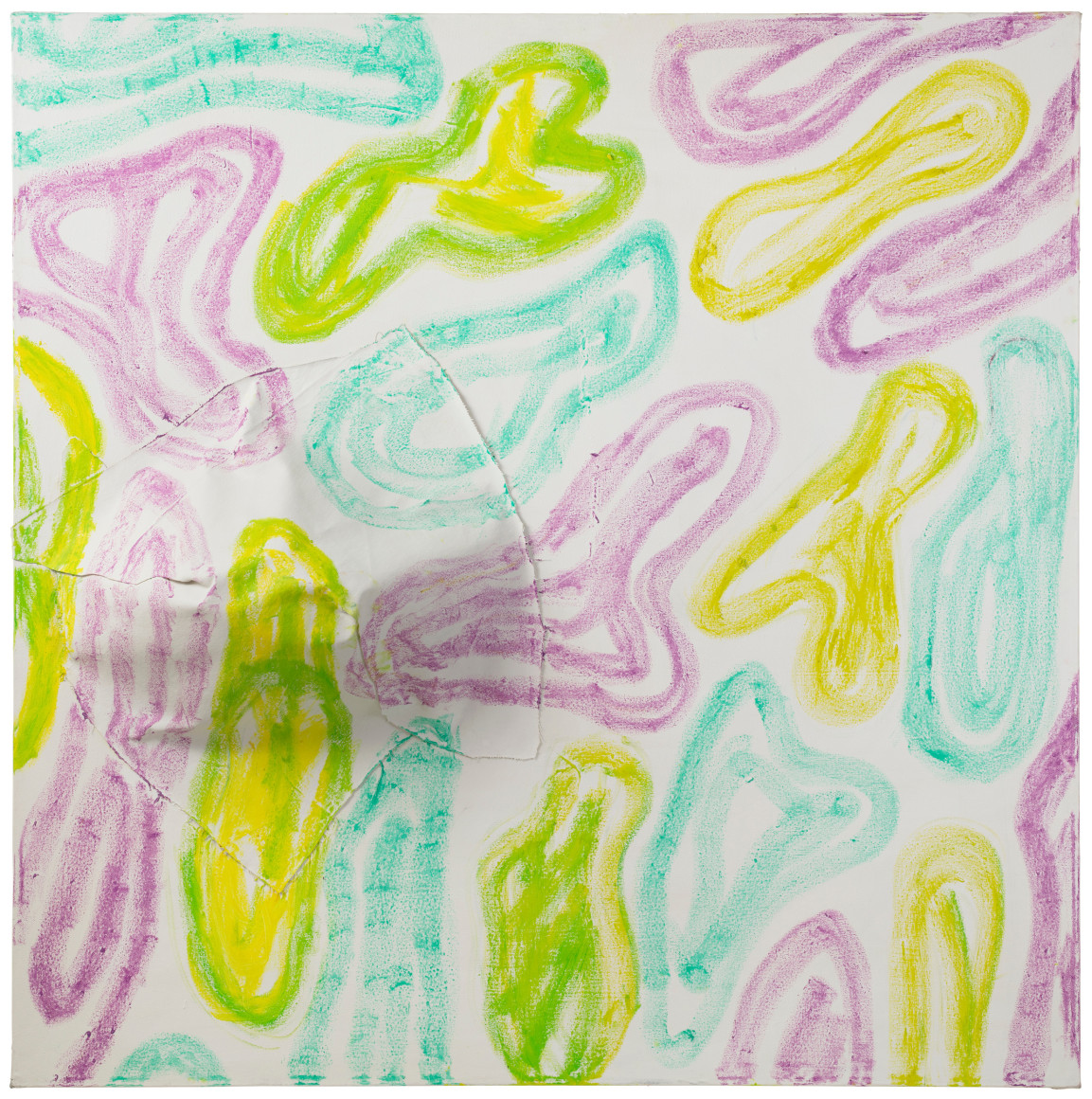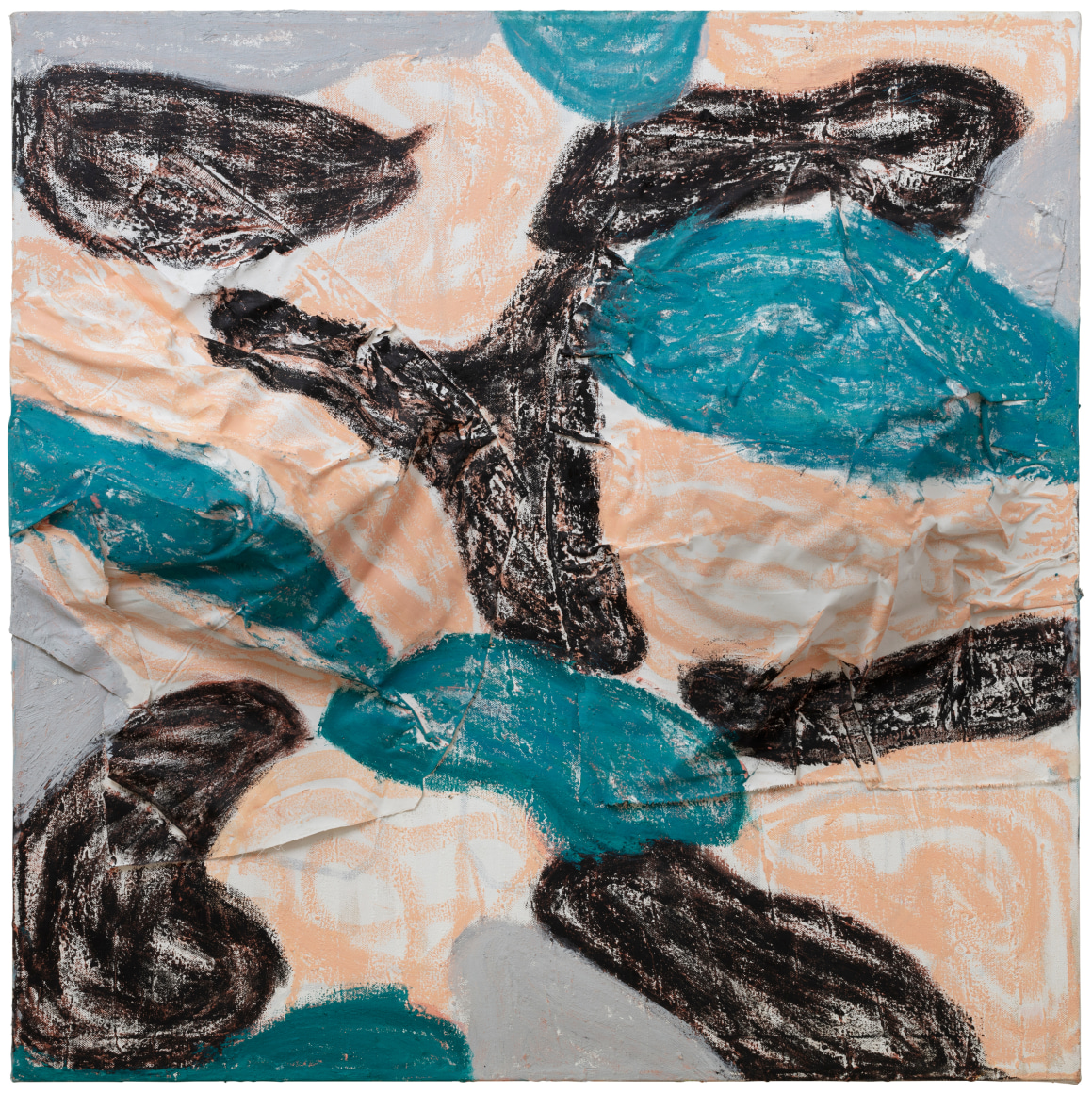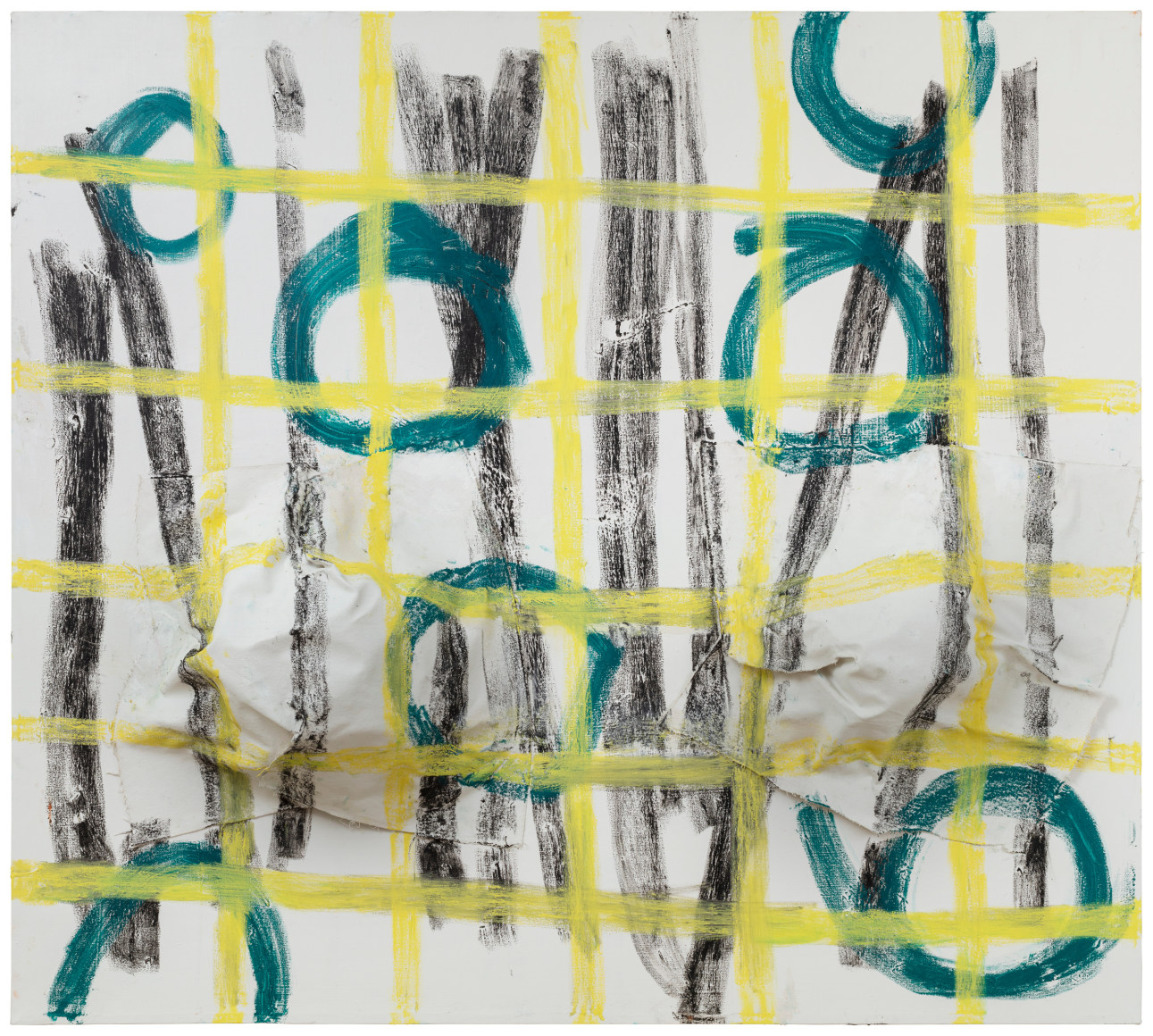Saska Ylätalo: Failure is Cool
Galerie Forsblom, April 26–June 2, 2019
Opening with the artist in attendance April 25 at 5-7 PM.
Saska Ylätalo (b. 1990) is an oil painter with a penchant for camouflage – for combinations of patterns and coloration that disguise and conceal. He uses camouflage as an optical device: the three-dimensional illusions in his paintings seem to collapse upon themselves, blending with the background. The camouflage theme also extends to a metaphorical, emotional level, symbolizing an attempt to blend in with the surroundings and adapt to the prevailing conditions – or the failure to do so, as the case may be.
The artist’s fascination with the art of camouflage stems from his study of its history and many layers of meaning. For as banal as it might seem, the history of camouflage is closely associated with art, nature, and science. The turn-of-the-century painter Abbott Thayer (1849 –1921) – hailed the father of camouflage – was among the first to write down his observations about how disruptive patterns make it difficult to locate the precise contours of an object. Thayer’s observations on camouflage were later adopted by biologists and the military, finally being embraced as a design trend and as part of the iconography of various subcultures.
In addition to unraveling the symbolic connotations of camouflage, Ylätalo also reflects on the recent history of painting: on modernism and its demand for flatness, the illusion of depth, and the deliberate avoidance of representation. In some of his paintings he uses a grid to heighten the depth-subverting effect, but in a consciously clumsy way, as if in parody.
Saska Ylätalo has studied painting at the Helsinki Academy of Fine Arts and sculpture at Tsukuba University in Japan. He has held solo exhibitions in Finland and Japan and group exhibitions in Finland and Sweden.




